Bridging the gap between
simulations and LST-1 data
using domain adaptation
GammaLearn status update
| Author | Under the supervision of |
| Michaël Dell'aiera (LAPP, LISTIC) | Thomas Vuillaume (LAPP) Alexandre Benoit (LISTIC) |
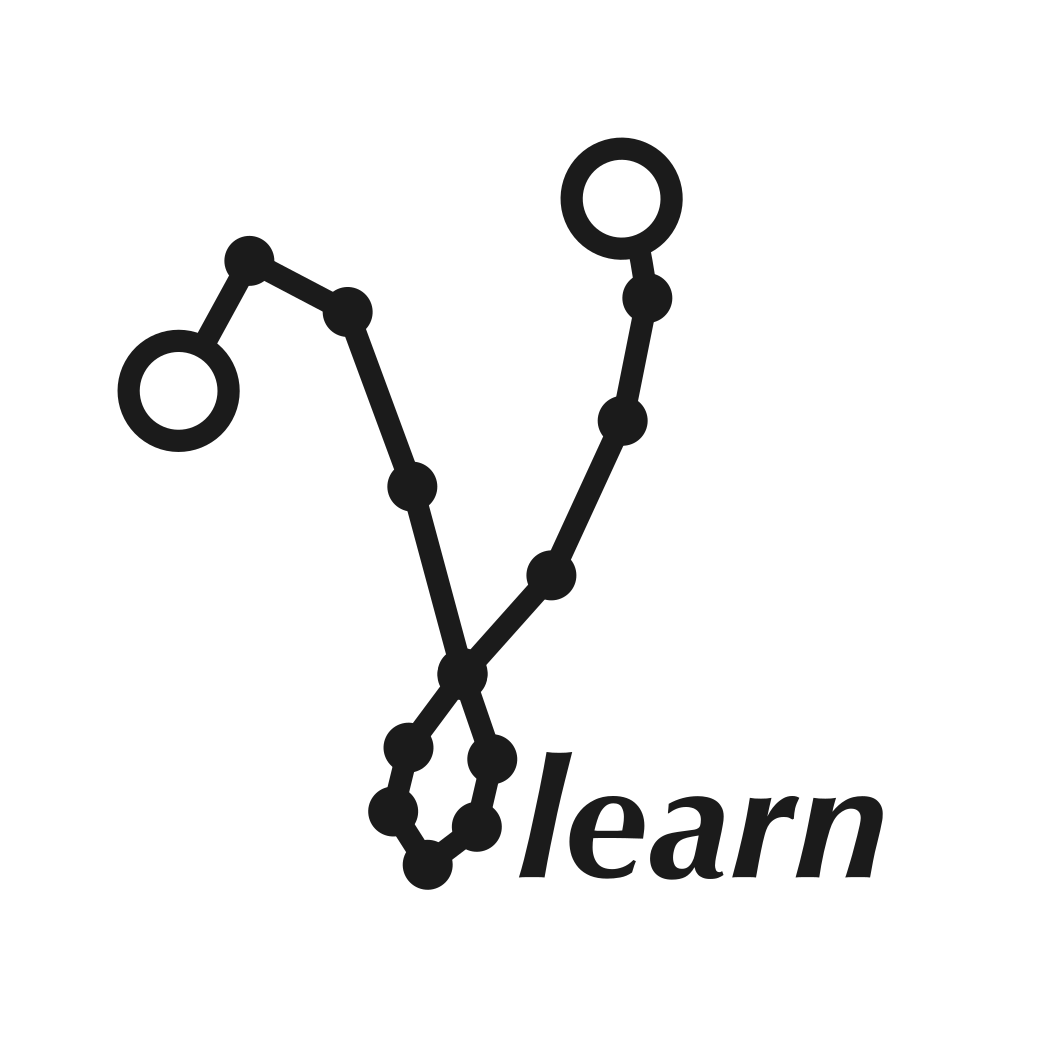
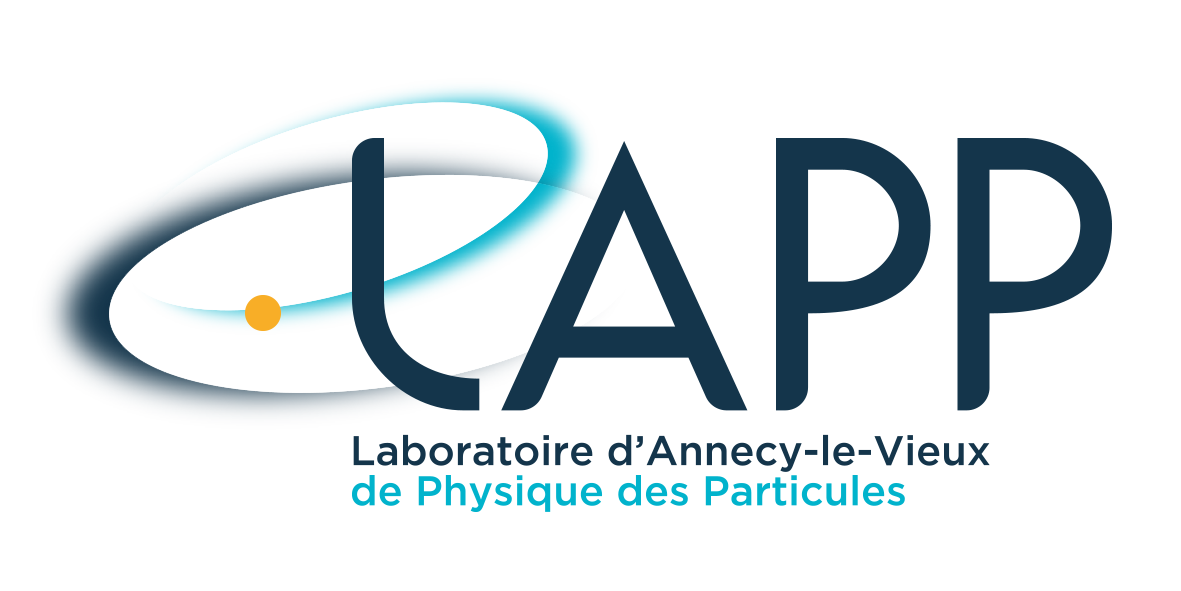

michael.dellaiera@lapp.in2p3.fr
Introduction
Contextualisation
**[GammaLearn](https://purl.org/gammalearn):** Collaboration between LAPP and LISTIC
* Fosters innovative methods in AI for CTA → Expore and evaluate the added value of deep learning
* Current main application is LST-1 → Offline analysis → R&D for online analysis: DIRECTA project funded by the ANR
* Code and documentation on [https://gitlab.in2p3.fr/gammalearn/gammalearn](https://gitlab.in2p3.fr/gammalearn/gammalearn)
GammaLearn workflow

The γ-PhysNet neural network architecture
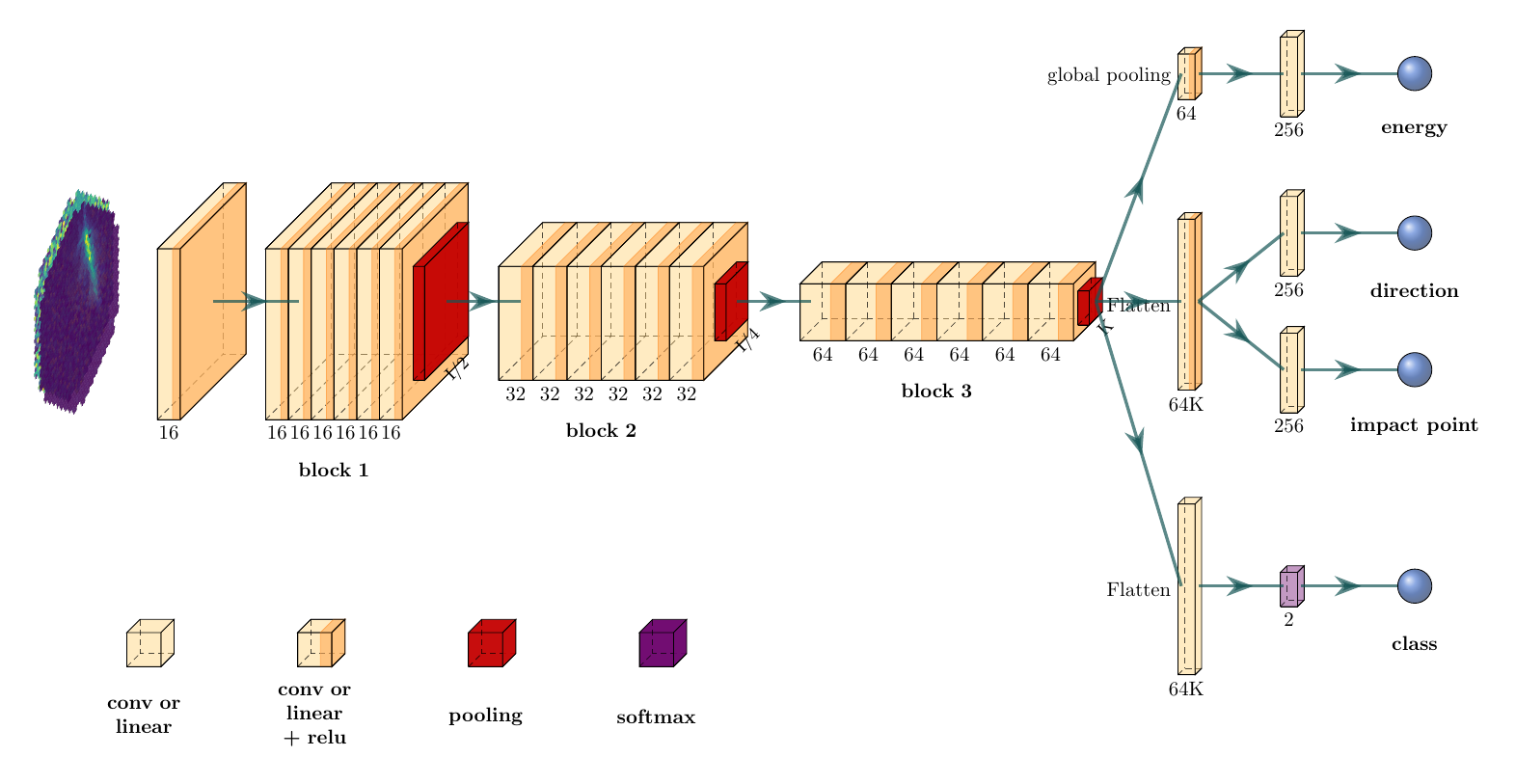
Results on real data: Crab Nebula
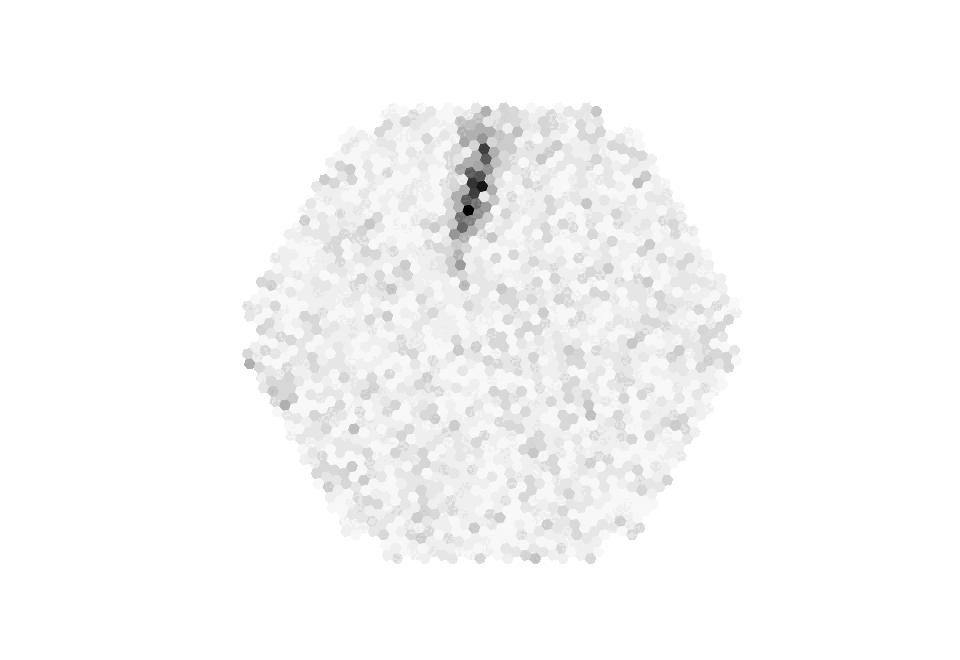
| Reconstruction | Significance | Background counts |
|---|---|---|
| γ-PhysNet | 12.5 σ | 302 |
| γ-PhysNet + Poisson noise | 14.3 σ | 317 |
* NSB training MC ≠ NSB real data * Matching NSB with the addition of Poisson noise to DL1 images * Increased significance with NSB matching → Sensitivity to NSB level
Domain adaptation
The challenging transition from MC to real data
**Simulations are approximations of the reality**
→ **Non-trivial direct application to real data**
Domain adaptation
**[Domain adaptation](https://arxiv.org/abs/2009.00155): Set of algorithms and techniques aiming at reducing domain discrepancies**
* Take into account unknown differences between the source (labelled, simulations) and target (unlabelled, real data) domains * Selection, implementation and validation of [DANN](https://arxiv.org/abs/1505.07818) (focus of this talk), [DeepJDOT](https://arxiv.org/abs/1803.10081), [DeepCORAL](https://arxiv.org/abs/1607.01719)
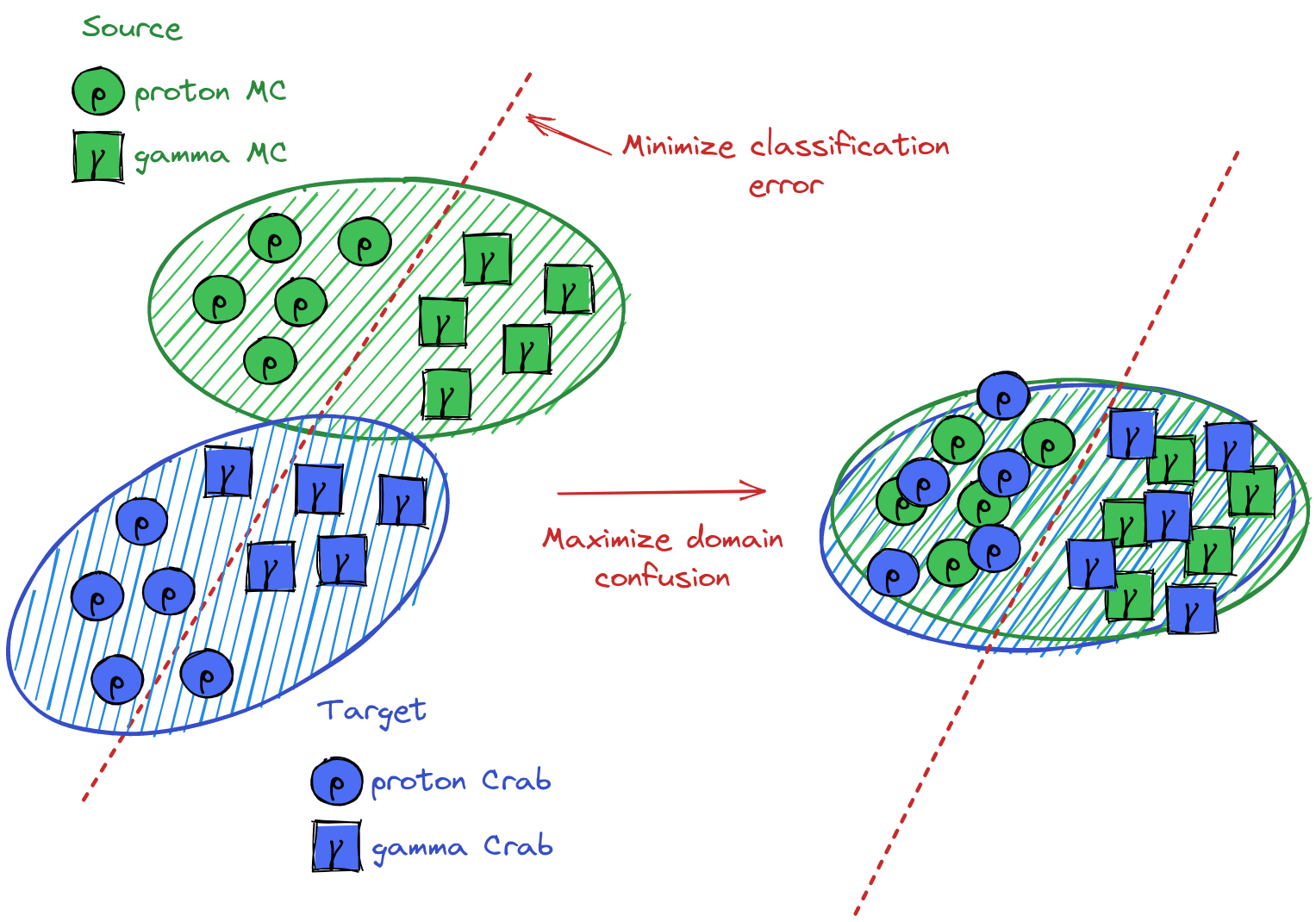
Validation pipeline of our approach
→ Validation with figures of merit: [Published](https://arxiv.org/abs/2308.12732)
→ Detection of known gamma-ray sources
Results on MC simulations
γ-PhysNet applied to simulations: Setup
Best scenario Simulations = Real data
Train |
Test |
| Source Labelled |
Unlabelled |
MC
 ratio=50%/50% |
MC
 ratio=50%/50% |
Worst scenario Simulations ≠ Real data, no NSB matching
Train |
Test |
| Source Labelled |
Unlabelled |
MC
 ratio=50%/50% |
MC+P(0.46) (MC*)
 ratio=50%/50% |
γ-PhysNet applied to simulations: Results

Domain adaptation applied to simulations: Setup
Domain adaptation (DANN) Noise with label shift (real case)
Train |
Test |
|
| Source Labelled |
Target Unlabelled |
Unlabelled |
MC
 ratio=50%/50% |
MC+P(0.46) (MC*) ratio=100% |
MC+P(0.46) (MC*)
 ratio=50%/50% |
γ-PhysNet-DANN applied to simulations: Results
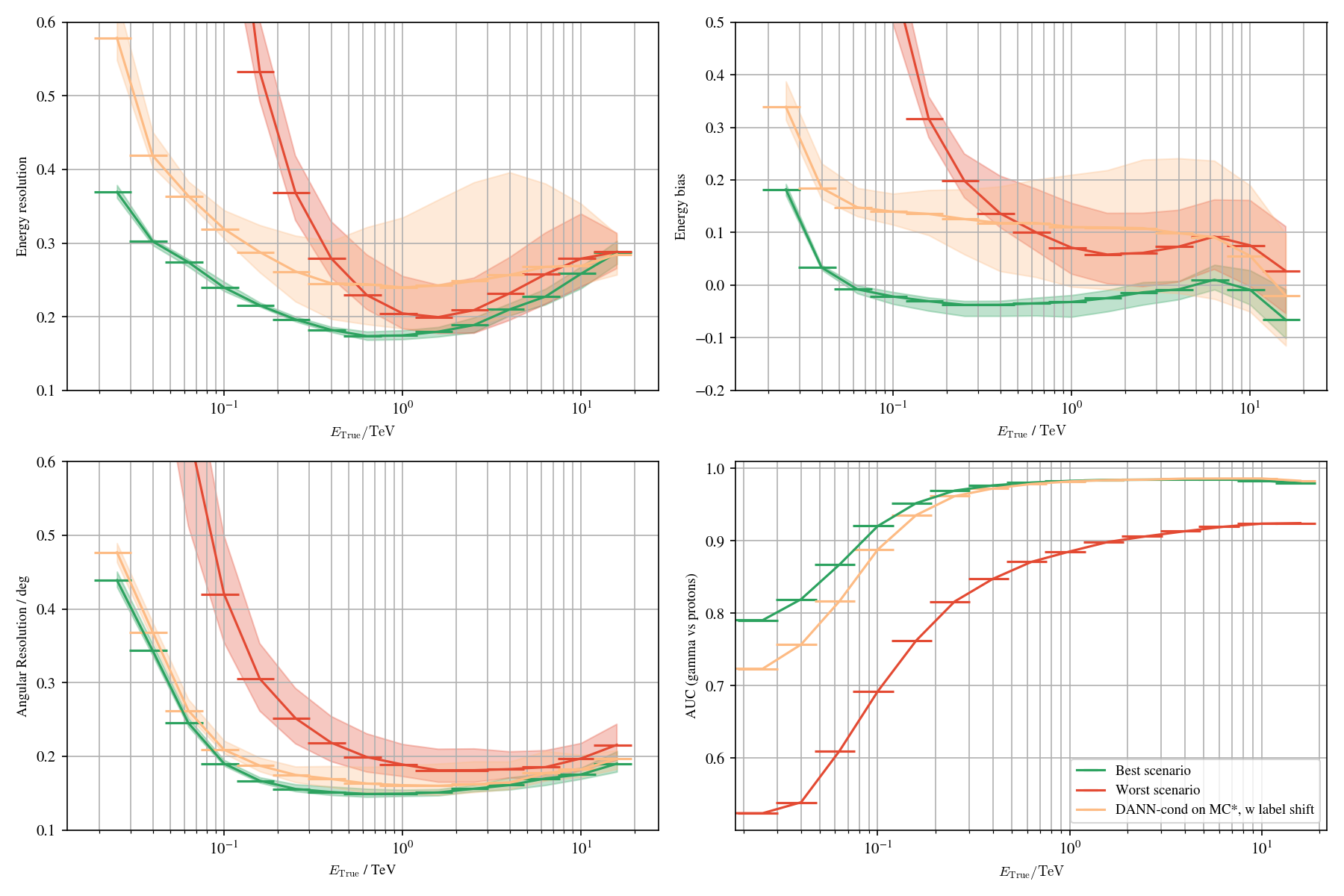
Results on real data
Domain adaptation applied to the Crab: Setup
Domain adaptation w/o NSB matching
Train |
Test |
|
| Source Labelled |
Target Unlabelled |
Unlabelled |
MC
 ratio=50%/50% |
Real data ratio=1γ for > 1000p |
Real data ratio=1γ for > 1000p |
Domain adaptation w/ NSB matching
Train |
Test |
|
| Source Labelled |
Target Unlabelled |
Unlabelled |
MC+P(λ) (MC*)
 ratio=50%/50% |
Real data ratio=1γ for > 1000p |
Real data ratio=1γ for > 1000p |
Dataset details
| Crab runs | ||||
|---|---|---|---|---|
6892 |
6893 |
6894 |
6895 |
|
| Zenith angle | 16.1° | 20.3° | 27.9° | 32.4° |
| Light pollution | 1.94pe | 1.81pe | 1.64pe | 1.60pe |
* Heterogeneity within a run
Methods procedures
| Methods | |||
|---|---|---|---|
lstchain |
γ-PhysNet |
γ-PhysNet-DANN |
|
| Input | Cleaned images | All the pixels | All the pixels |
| Training data | MC* | MC MC* |
MC & Crab MC* & Crab |
* 2 runs ~ 20 million of events, 1 million of Crab events for the domain adaptation target training data (5%)
Application to Crab data: Results

Conclusion
Conclusion & Perspectives
- Novel technique to solve MC vs real data discreprency
- Tested on MC, in different settings (NSB and label shift)
- Crab data, both moonlight and no moonlight conditions
- γ-PhysNet strongly affected by moonlight / NSB level in MC vs observations
- The benefits of domain adaptation is not well established yet
- Advantage demonstrated on MC data with different level of NSB
- Results on par with γ-PhysNet on real data
- Maybe there is nothing more to gain after correcting for NSB level? - Currently testing this hypothesis
- Domain adaptation vs Data adaptation: The key may be both
- Submitted to ADASS 2023
- Stability of the model: Uncertainy of the model & uncertainty over data sampling
Acknowledgments
![]()
![]()
![]()
![]()
![]()
![]()
![]()
![]()
![]()
![]()
![]()
![]()
γ-PhysNet + DANN
γ-PhysNet + DANN
γ-PhysNet + DANN
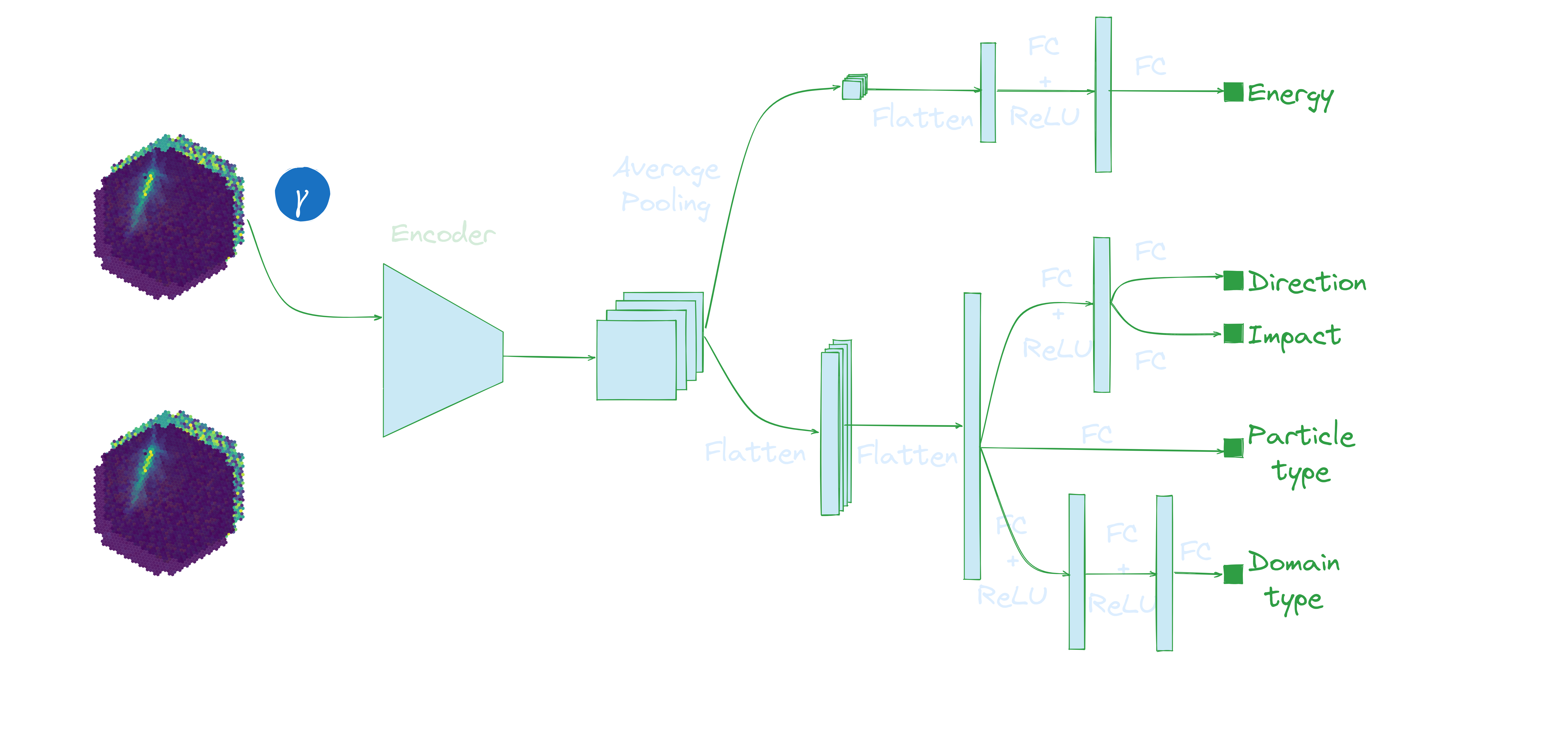
γ-PhysNet + DANN
γ-PhysNet + DANN
γ-PhysNet + DANN conditionnal

γ-PhysNet + DANN conditionnal
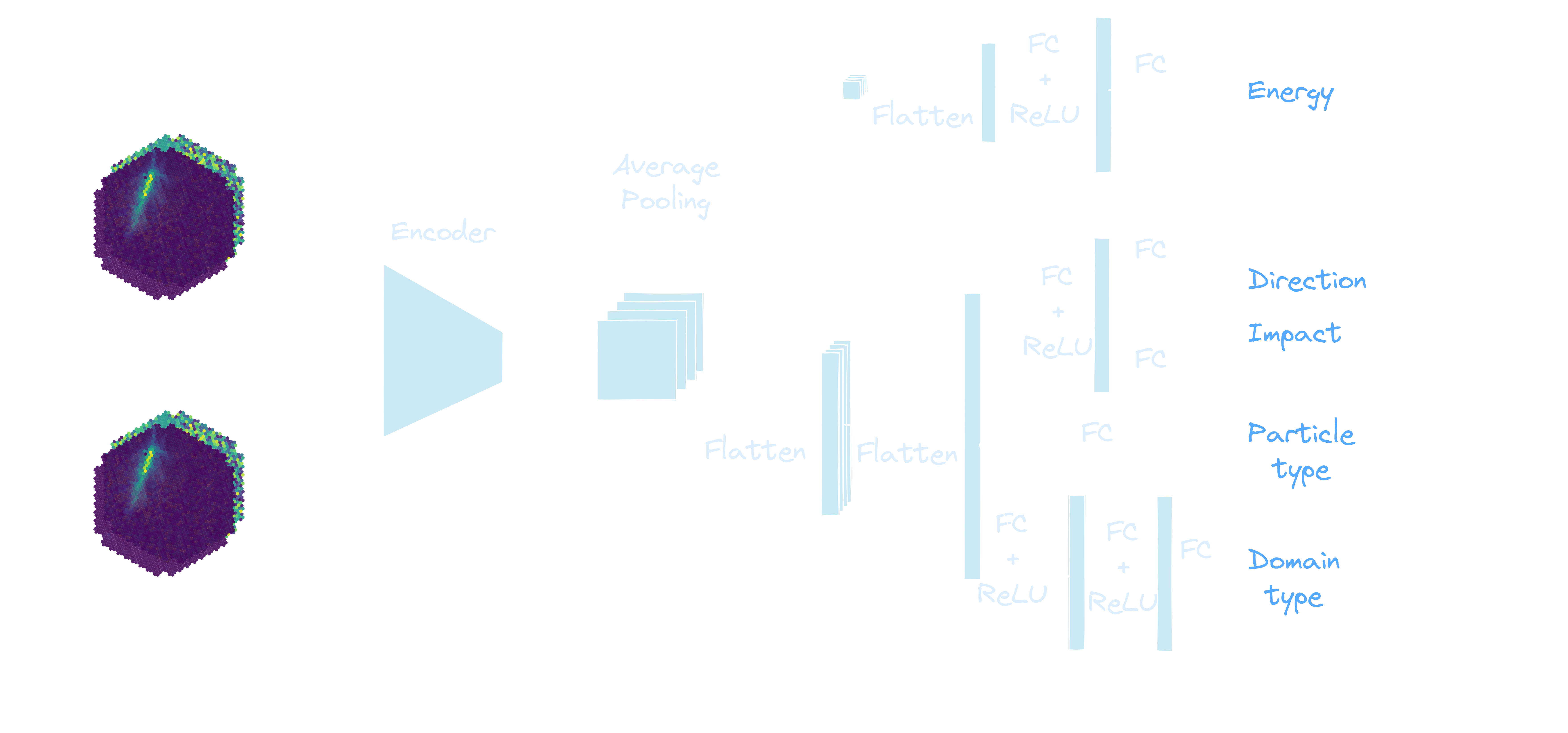
γ-PhysNet + DANN conditionnal
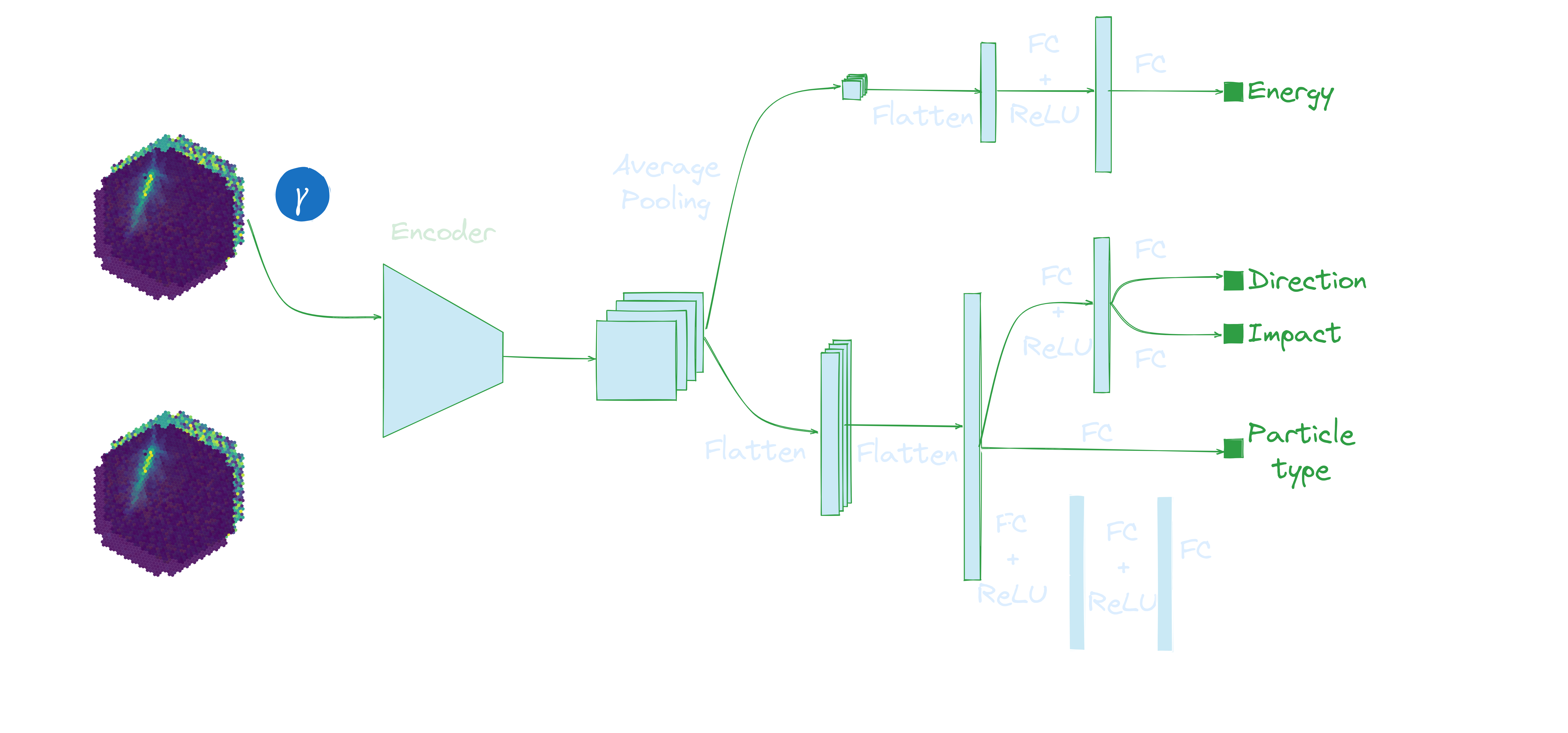
γ-PhysNet + DANN conditionnal
γ-PhysNet + DANN conditionnal
